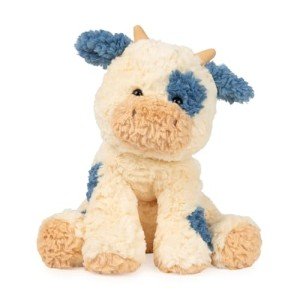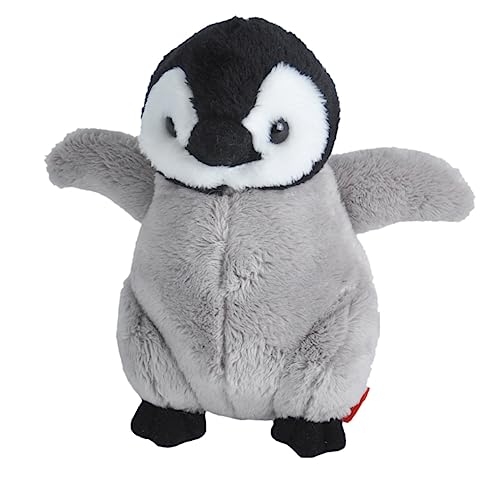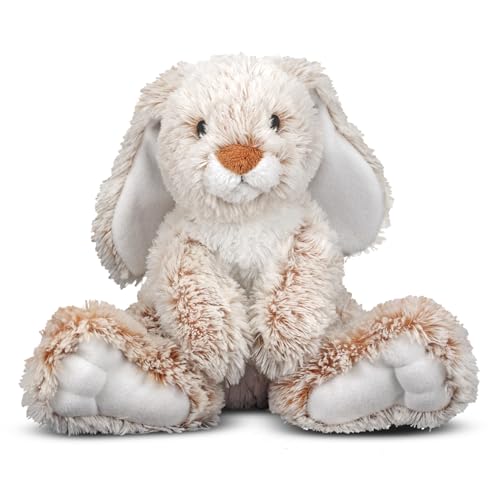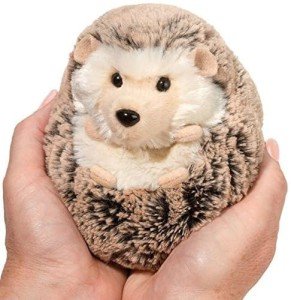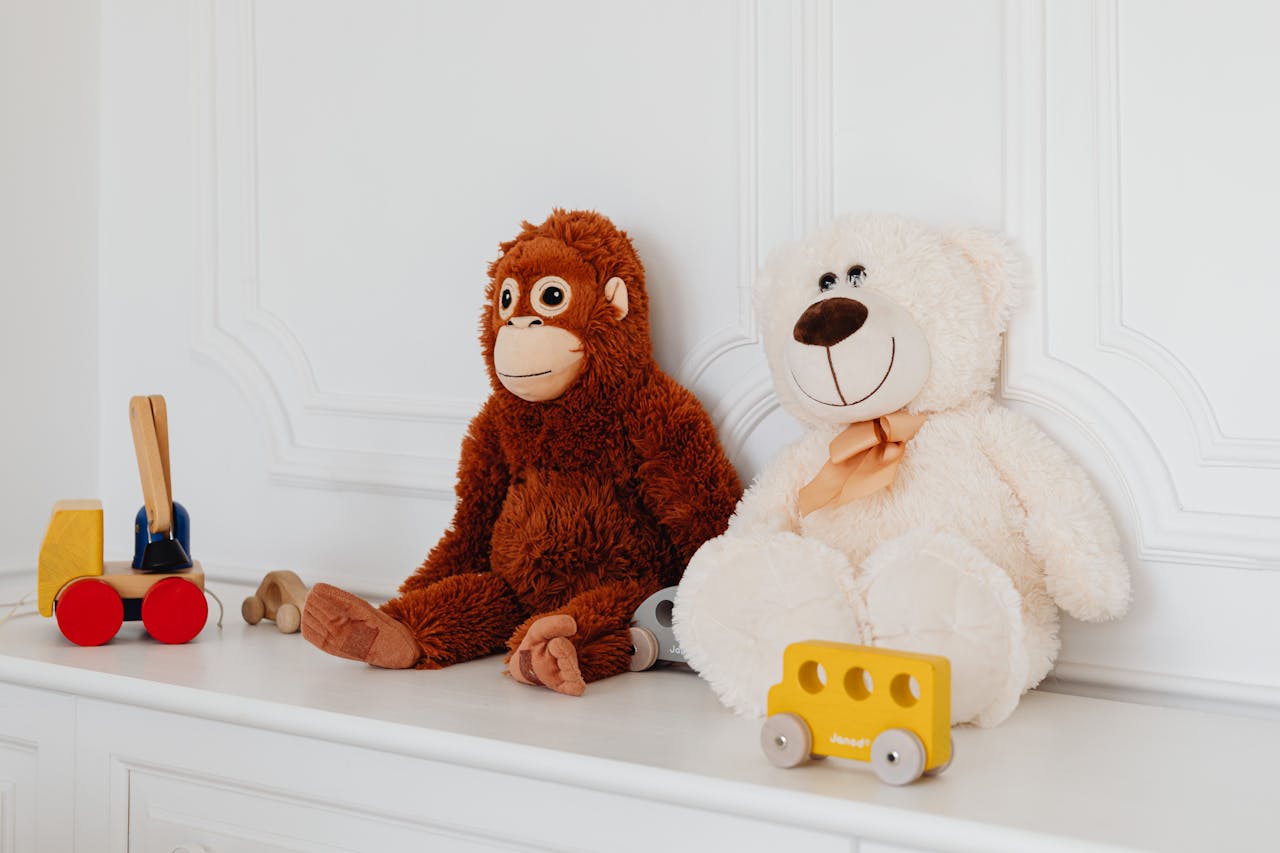Historically, kawaii emerged in the 1970s when young people in Japan began to embrace a more childlike aesthetic. This shift was partly in response to the pressures of adult life and societal expectations. As younger generations sought refuge in cuteness, kawaii symbols began to populate various aspects of daily life, from stationery and toys to fashion and even food. Characters like Hello Kitty and Pikachu quickly became iconic representations of this cultural movement.
Many might wonder, "does kawaii mean cute?" Yes, but it also signifies an emotional connection. Kawaii items evoke feelings of joy and warmth, creating a sense of comfort. This phenomenon is not just about visuals; it's deeply rooted in emotions and relationships. The appeal of kawaii is universal, bringing people together through shared admiration for adorable characters and designs.
Furthermore, kawaii culture plays a significant role in shaping social behaviors in Japan. Exhibiting cute traits can sometimes act as a form of social lubricant, allowing individuals to express vulnerability and kindness. In the workplace and beyond, people may adopt kawaii elements to foster harmony and approachability, indicating that kawaii is not just a trend but an integral part of Japanese identity.
The Origin of Kawaii Aesthetic
The origin of the kawaii aesthetic can be traced back to Japan in the 1970s and 1980s. During this time, a wave of youth culture began to emerge, heavily influenced by pop culture and fashion trends. The rise of cute characters in advertising and media, such as Hello Kitty, played a pivotal role in shaping the kawaii movement. These characters became symbols of innocence and purity, making them appealing to both children and adults.
The term "kawaii" itself means "cute" in Japanese, but it encompasses more than just physical appearance. Kawaii culture emphasizes a sense of playfulness and childlike wonder, allowing individuals to express their feelings and personalities in joyous ways. As its popularity grew, kawaii eventually found its way into various aspects of Japanese life, including fashion, art, and even everyday items like stationery and home décor.
In addition to its artistic roots, kawaii also reflects a deeper societal yearning for comfort and happiness. In a fast-paced world, embracing this cute aesthetic offers a reprieve from everyday stress. This leads us to ponder, does kawaii mean cute? While it's easy to associate the term solely with adorable appearances, it also brings elements of creativity, self-expression, and emotional connection into the mix.
The influence of kawaii has gradually spread beyond Japan, capturing the hearts of people worldwide. From anime and manga to global fashion trends, the aesthetic showcases how cultures can intertwine and evolve. This growing appreciation for kawaii invites us to explore its nuances and understand why it's more than just a simple label for cuteness.
Kawaii Beyond Just Cute
Kawaii culture is often associated with cute characters, bright colors, and playful designs, but it encompasses much more than just the surface appeal. The term "kawaii" originates from Japan and has evolved to represent a whole lifestyle and philosophy that emphasizes innocence, joy, and a sense of comfort. So, while the first impression may lead you to ask, "does kawaii mean cute?" the answer lies deeper within its rich cultural context.
In Japan, kawaii has become a significant part of everyday life. It influences fashion, art, and even language. Adult women wear cute clothing adorned with characters like Hello Kitty, while adorable mascots known as "yuru-chara" symbolize cities or organizations, promoting tourism and community spirit. This pervasive use of kawaii represents a way for people to express themselves and build emotional connections. Such examples show that kawaii transcends mere cuteness; it embodies a shared cultural identity and community bonding.
Kawaii also carries a sense of nostalgia and comfort. Many people find solace in cute things, often turning to them in times of stress or emotional turmoil. The simple and innocent aesthetics can evoke feelings of happiness, reminding individuals of a carefree childhood. This emotional aspect makes kawaii a powerful tool for artists and marketers alike, as it taps into deep-seated feelings of affection and warmth. So, asking, "does kawaii mean cute?" is only the beginning of understanding its true significance.
Beyond its playful imagery, kawaii represents a unique way of looking at the world. It encourages people to embrace their inner child, finding joy in the everyday moments. This philosophy fosters a sense of gratitude and mindfulness, inviting individuals to appreciate the little things in life that bring them happiness. As such, kawaii is not just a fleeting trend; it's a profound part of culture that encourages positivity, connection, and joy in an often hectic world.
Kawaii in Modern Pop Culture
Kawaii has become a significant part of modern pop culture, influencing everything from fashion to music and even social media. In recent years, the term has transcended its original meaning of "cute" to encompass a much broader range of artistic expression. One might ask, "does kawaii mean cute?" Well, while it certainly includes a sense of cuteness, it also represents a lifestyle and a form of identity for many enthusiasts around the world.
In the realm of fashion, kawaii aesthetics have sparked a revolution with unique styles that mix bright colors, playful patterns, and whimsical accessories. Brands like Hello Kitty and Sanrio have played a pivotal role in popularizing kawaii fashion, appealing to both children and adults alike. People express themselves through clothing that resonates with their inner child, leading to a global fascination with all things kawaii. This trend showcases how the meaning of kawaii extends beyond mere cuteness; it becomes an embodiment of joy and creativity.
Music has also seen the rise of kawaii culture, with artists like Kyary Pamyu Pamyu leading the charge. Her music videos are a vibrant explosion of colors and quirky characters, perfectly capturing the essence of kawaii. As fans engage with this genre, they often find themselves drawn into a world where cuteness reigns supreme, and self-expression knows no bounds. This undeniable influence begs the question, "does kawaii mean cute?" The answer, it seems, is multifaceted, blending together elements of charm, individuality, and creativity.
Moreover, social media platforms have provided a fertile ground for kawaii culture to thrive. From Instagram to TikTok, users share their kawaii-inspired artwork, fashion, and lifestyle tips, creating a community that celebrates cuteness in all its forms. Here, kawaii becomes a shared language that fosters connection and acceptance, showing that it’s more than just a buzzword. It’s a way for people to express their love for aesthetics that make them feel happy and free. In this context, the question "does kawaii mean cute?" evolves into something deeper— a way to find a sense of belonging and joy in an often chaotic world.
